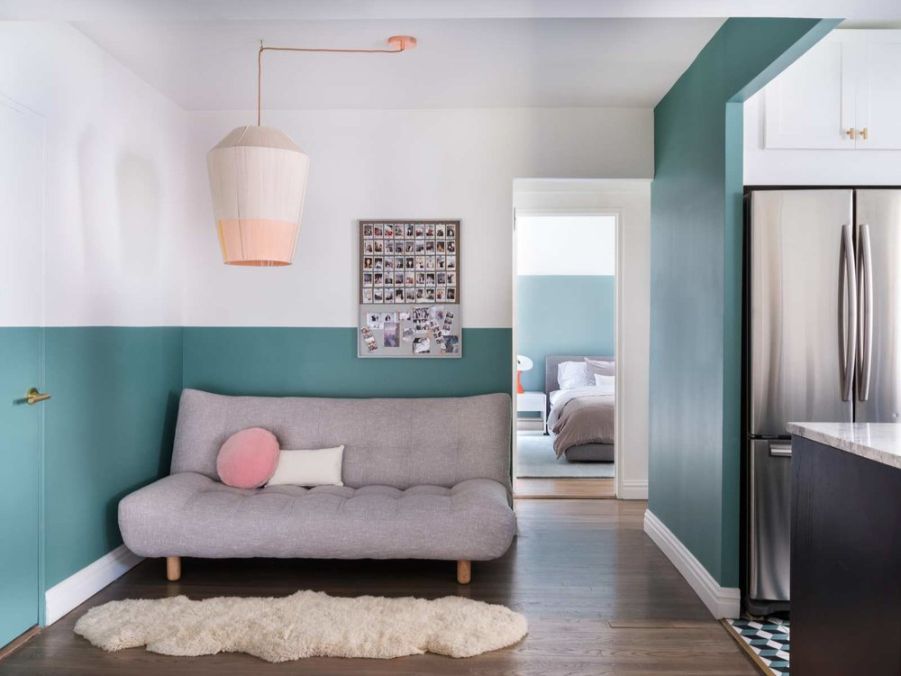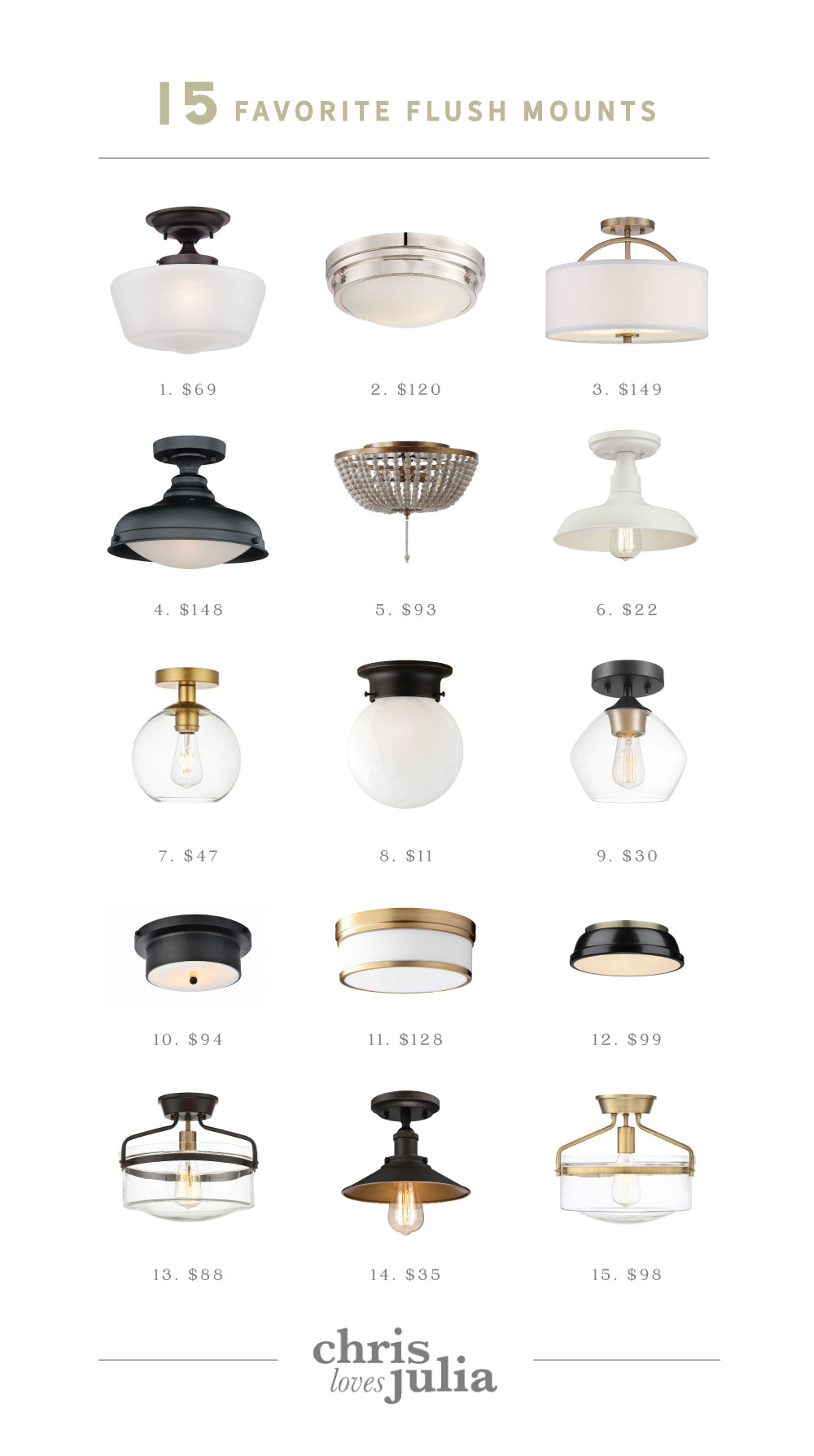
Mastering Color Harmony: DIY Guide to Painting a Room with Two Colors
Enhancing a room’s aesthetic appeal goes beyond a simple coat of paint. In this detailed guide, we’ll explore the art of painting a room with two colors, allowing you to create a dynamic and visually interesting space that reflects your personal style.
Choosing the Right Color Palette
Before diving into the painting process, carefully select a color palette that suits the room’s purpose and your desired ambiance. Consider complementary colors or shades within the same color family for a harmonious blend. Test samples on small areas to ensure they complement each other in your specific lighting conditions.
DIY Paint a Room with Two Colors: Step-by-Step Guide
Ready to transform your space? Follow this DIY guide on painting a room with two colors for detailed instructions and additional tips. This resource provides visual aids and supplementary information to ensure a successful two-tone painting project.
Identifying the Accent Wall
Decide which wall will serve as the accent wall. This wall is typically the focal point of the room and often features a darker or more vibrant color than the other walls. Consider factors such as architectural features, furniture placement, and the room’s layout when making this decision.
Prepping the Room
Proper preparation is key to a flawless paint job. Remove furniture from the room or place it in the center, covered with drop cloths. Use painter’s tape to protect baseboards, trim, and other surfaces you want to keep paint-free. Fill any holes or cracks and sand the walls to create a smooth surface.
Choosing the Base Color
Select the lighter or neutral color as the base for the majority of the room. Apply this color to the walls that won’t be the accent wall. Use a quality primer before applying the base color to ensure even coverage and long-lasting results. Allow the paint to dry completely before moving on to the next step.
Painting the Accent Wall
Once the base color is dry, focus on the accent wall. Apply the chosen accent color to this wall, using painter’s tape to create clean edges where the accent wall meets the adjacent walls. Consider using a level to ensure straight lines, especially if the wall has architectural features like corners or angles.
Creating a Smooth Transition
To achieve a professional look, create a smooth transition between the two colors. This can be done by using a technique called feathering. Apply a small amount of the base color along the edge of the accent wall and vice versa. Use a clean, dry brush to blend the colors gently, creating a seamless transition between the two.
Allowing for Proper Drying Time
Patience is crucial when painting with two colors. Allow each coat of paint, including the primer, to dry completely before applying the next. Rushing the process can lead to uneven coverage, color bleeding, or smudging, diminishing the overall quality of the finished project.
Removing Painter’s Tape Carefully
Once both colors have dried, carefully remove the painter’s tape from the edges. Pull the tape at a 45-degree angle to ensure clean lines. If the paint has dried over the tape, use a utility knife to score along the tape’s edge before removing it.
Final Touches and Inspection
Inspect the room for any areas that may need touch-ups. Use a small brush to fix imperfections or uneven lines. Step back and assess the overall appearance to ensure the colors complement each other and achieve the desired effect.
Reveling in the Transformed Space
As you stand back and admire your freshly painted room with two colors, revel in the transformation you’ve accomplished. The dynamic interplay of colors adds depth and character, elevating the overall ambiance of the space.
Sharing Your Two-Tone Success
Share your DIY two-tone painting experience with friends and family. Encourage them to explore the world of color combinations, creating unique and personalized spaces within their homes.
In conclusion, painting a room with two colors is a creative and rewarding DIY project. By following this guide, you can confidently navigate the process and achieve a visually stunning result that reflects your style and enhances the aesthetics of your living space.








:strip_icc()/back-yard-built-in-pool-and-hot-tub-44ff8afd-2000-3fb2805ba54840d6ba5fd8dad815f048.jpg)





